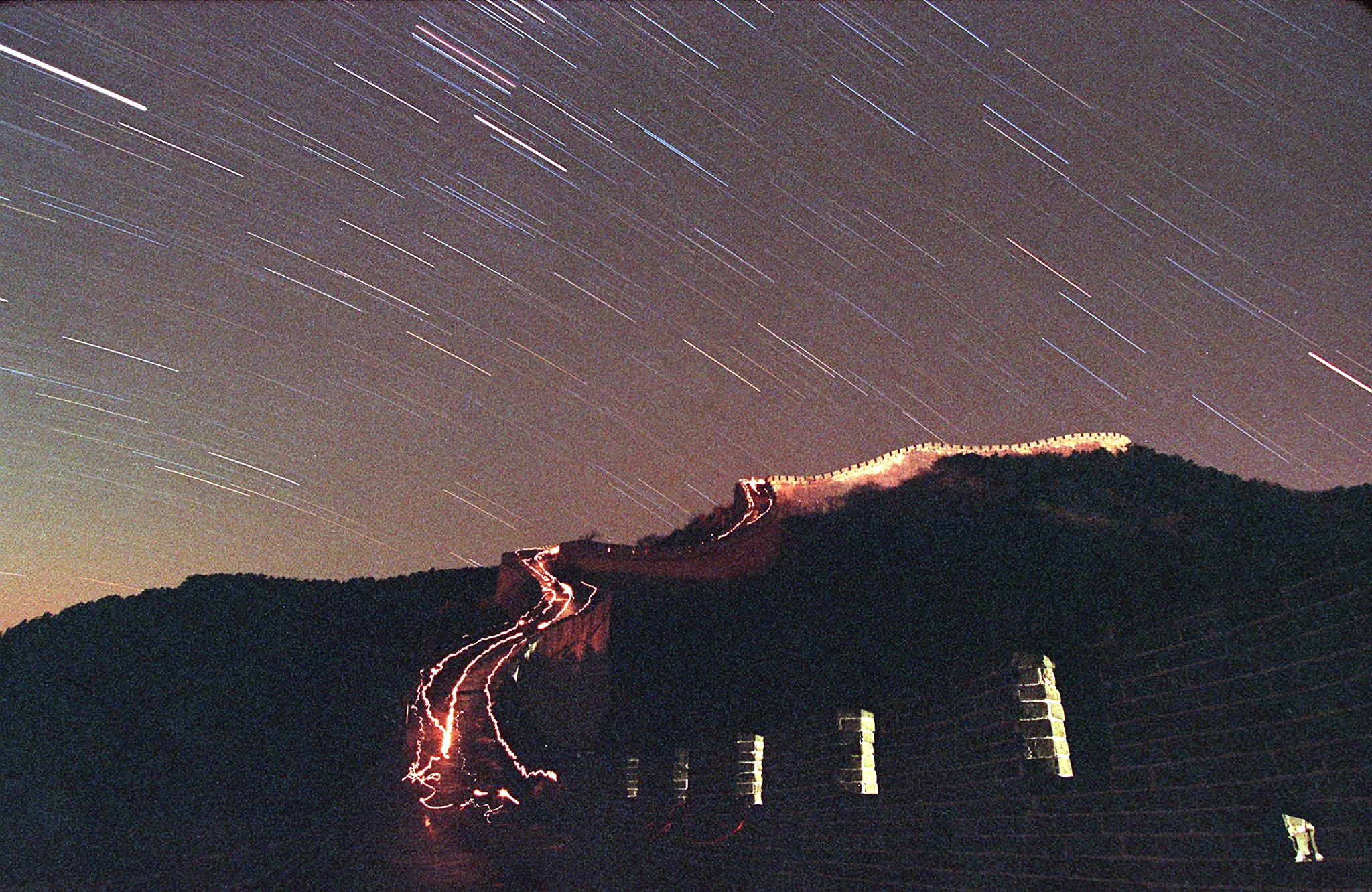
The annual Leonid meteor shower will be crystal-clear to astronomy fans in many parts of the U.S. this weekend.
The Leonid shower happens each November, when Earth crosses the orbital path of the Tempel-Tuttle comet, according to EarthSky. This year, the celestial show is slated to begin Nov. 17, with peak viewing hours starting early the next morning, AccuWeather reports.
According to AccuWeather, that’s good news for stargazers in the coastal Southeast, the northern Plains, the Four Corners area and California, where clear skies will make for great viewing conditions. Viewers in the Northeast, Great Lakes region and central Plains, however, may be blocked by storms and cloudy skies, AccuWeather meteorologist Kyle Elliot told the site.
The Leonid is easiest to see in the Northern Hemisphere, AccuWeather adds, with the most meteors falling in East Asia.
Most years, including this one, the Leonid shower produces roughly 15 meteors per hour at its peak. (For 2017, that’s between midnight and dawn on Nov. 18.) But once in a while, during particularly heavy years, it can produce as many as 50,000 meteors in a single hour, Space.com reports.
More Must-Reads from TIME
- Donald Trump Is TIME's 2024 Person of the Year
- Why We Chose Trump as Person of the Year
- Is Intermittent Fasting Good or Bad for You?
- The 100 Must-Read Books of 2024
- The 20 Best Christmas TV Episodes
- Column: If Optimism Feels Ridiculous Now, Try Hope
- The Future of Climate Action Is Trade Policy
- Merle Bombardieri Is Helping People Make the Baby Decision
Write to Jamie Ducharme at jamie.ducharme@time.com